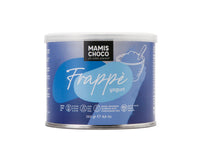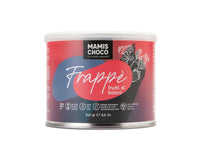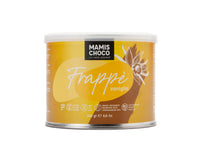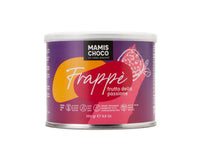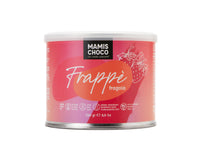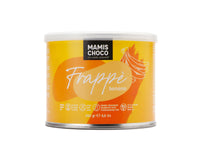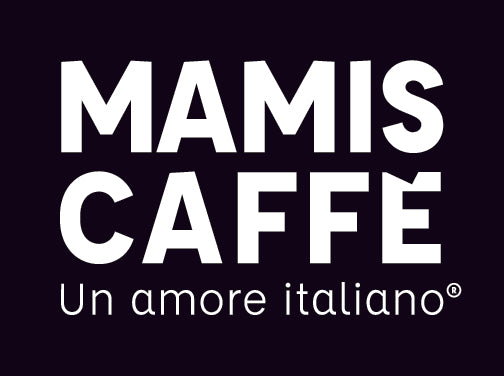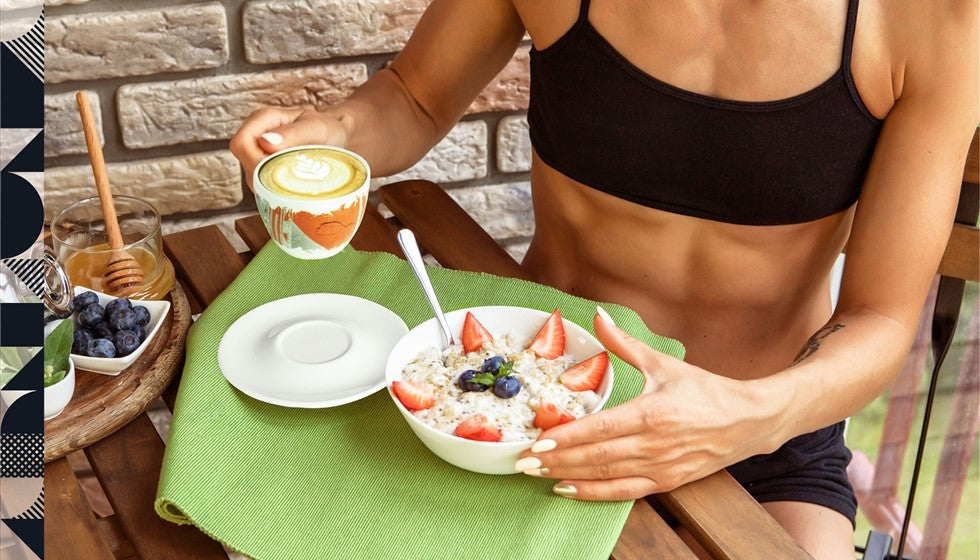
Sooner or later, figure-conscious people ask themselves how many calories are in coffee. The good news: coffee itself has no calories. The bad news: coffee variations like cappuccino, latte macchiato, and the like pack a serious punch. Find out here how coffee stacks up in terms of calories.
Whether for breakfast, at the office, or after a delicious meal, coffee is one of the world's most popular beverages. But do you know how many calories coffee has? This question divides opinion: While some claim that the hot beverage even helps with weight loss, others say it can be a real calorie trap. But which of these is true? The answer: Both! But let's start from the beginning...
What are calories anyway?
Calories are, as we all know, those little animals that sew clothes tighter at night. No, seriously – firstly, calories are actually kilocalories , abbreviated as kcal . This is nothing other than the unit that indicates the energy contained in food . The exact definition is: One kilocalorie of a certain food provides exactly the energy that is needed to heat one liter of water by one degree Celsius. If you want to lose weight, you have to give your body fewer calories than it actually burns. Anyone who wants to gain weight has to consume more calories than they burn. The average calorie requirement per person is around 2000 kcal. However, factors such as gender, height, weight and activity level also play a decisive role. A tall, athletic person, for example, burns more calories per day than a shorter person who hardly moves.
A lightweight: Coffee itself is low in calories
Coffee drinkers who enjoy their beverage black can rejoice: There are actually no real calories in coffee . However, if you look closely, a normal cup of coffee has just 4 kcal. A regular espresso only has 2 kcal per cup. However, those are figures that those who are figure-conscious can easily ignore when it comes to their diet. On the contrary, black coffee can actually be beneficial for burning energy. The drink can boost the body's metabolism and ensure that fat is burned more quickly . This popular hot drink therefore helps with weight loss. However, this only applies to active people who exercise, and only to black coffee without any additives.
Milk and sugar make coffee a calorie trap
Unfortunately, not all coffee is the same. What you put in it also plays a role in the calorie content. This means sugar and milk . If you like to sweeten your coffee, you need to add 20 kcal for each teaspoon of sugar. Milk also contains calories, more or less depending on the fat content. For example, if you add one third whole milk to your cup of coffee, you will consume 40 calories. Coffee varieties such as latte macchiato or cappuccino , which contain milk and sugar, also have more calories . The more you drink, or the more milk and sugar there is, the more calories the drink has. Of course, coffee can also cause weight gain because it supplies the body with energy that then has to be burned off. This means that a drink that is actually low in calories can quickly become a calorie trap.
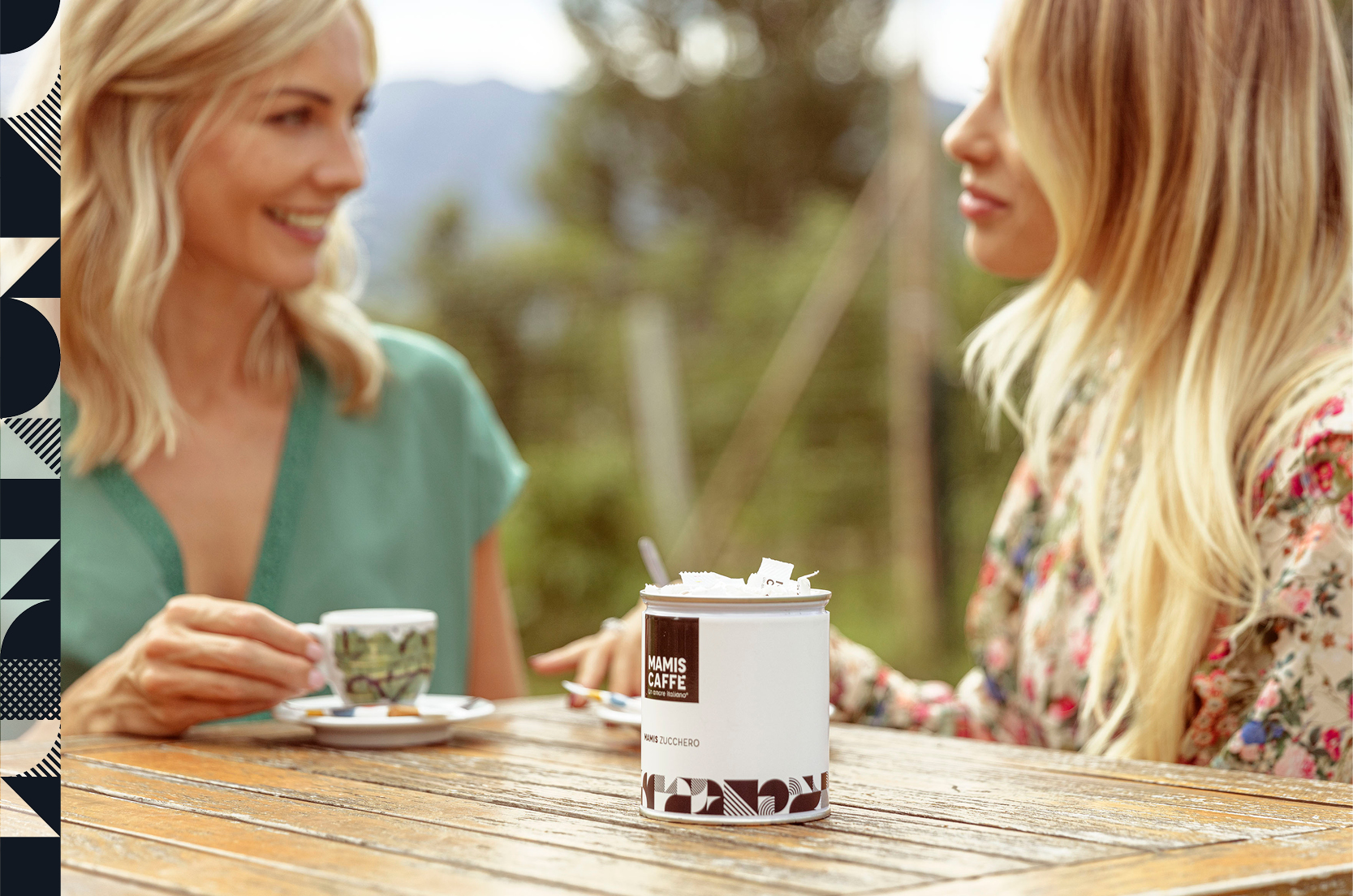
Coffee itself, as we all know, has no calories. But sugar does. Or the delicious croissant that goes with it. © Mamis Caffè
Overview: How many calories are in coffee and individual types of coffee
Because coffee has many facets, the calorie count varies accordingly . To give you an overview of which types contain the most calories, we've sorted the drinks here by their nutritional value:
- Pretty figure-friendly: A cup of espresso has just 2 kcal.
- The rule is: the purer, the better. Even a cup black coffee It doesn't weigh much. It contains 4 kcal.
- A cup of latte , which consists of half low-fat milk and half coffee, contains about 65 kcal.
- All cappuccino lovers consume just over 90 kcal per cup of their beloved pick-me-up. Each teaspoon of sugar adds an additional 20 kcal.
- Even a latte macchiato contains just under 100 kcal due to the milk. The full-fat version can easily reach 150 kcal. That's not including the sugar.
Minimize calories in coffee – here's how
Anyone who is watching their diet and energy intake to maintain their weight or even lose weight should opt for lower-calorie coffee options . If you can't give up a latte macchiato or cappuccino, it's best to choose low-fat milk. Instead of milk, you can also use milk substitutes such as soy or almond milk. This lowers the calorie count, gives the coffee a pleasant aroma, and people with lactose intolerance can also enjoy it without guilt. You should avoid sugar if possible. However, if you absolutely need something sweet in your coffee, you can resort to sugar substitutes . Try sweeteners from health food stores such as agave syrup, maple syrup, or stevia. These substitutes contain significantly fewer calories than sugar, but still taste just as good. You should also be careful with coffee variations that you buy on the go. Additional coffees in large cups can contain syrup and cream and can quickly exceed the 300-calorie mark. Then the drink sometimes becomes a small meal, at least if you go by the number of calories.
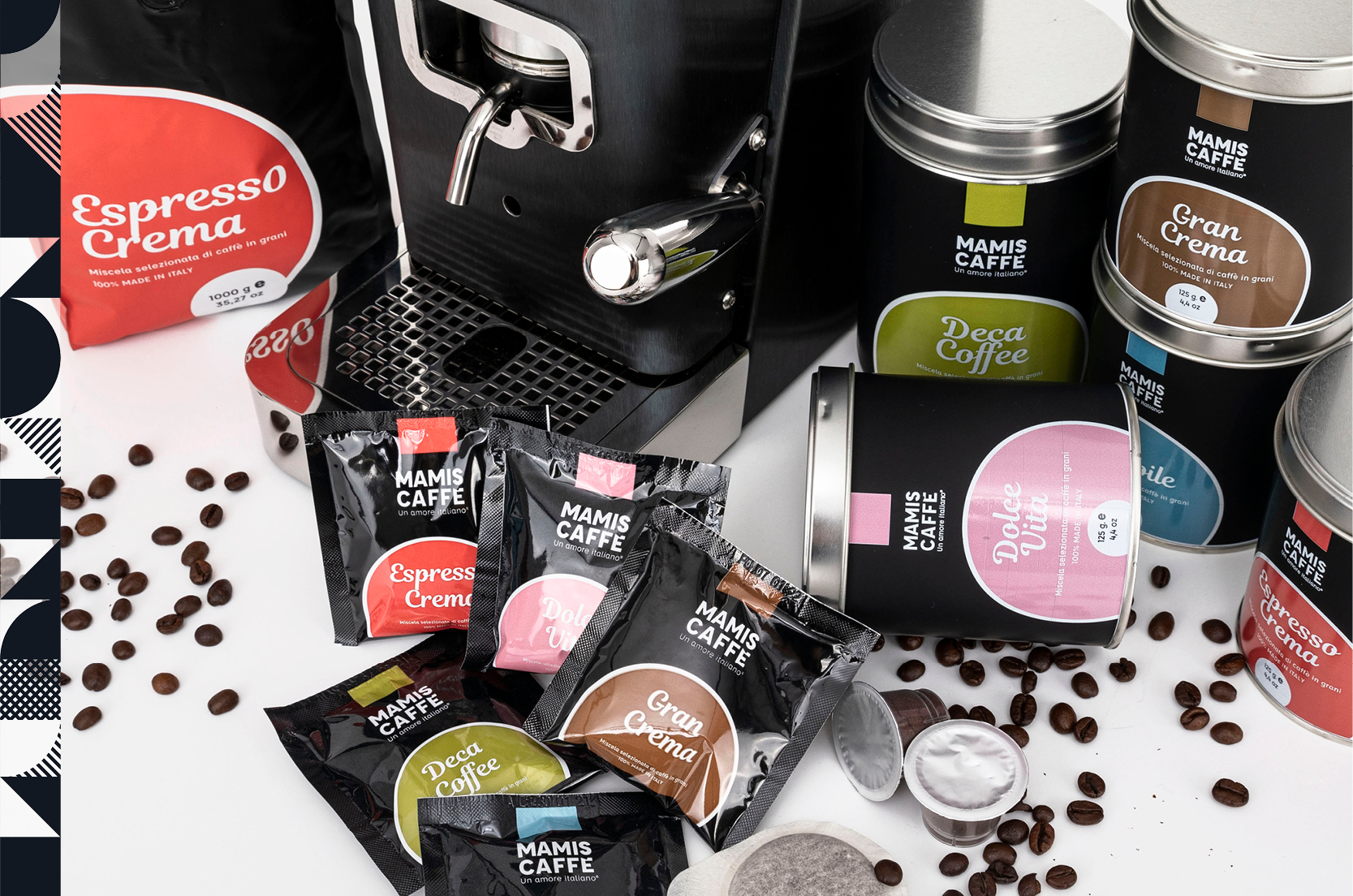
High-quality coffee tastes good even without sugar. © Mamis Caffè
Coffee and calories: In the end, taste counts
Whether high or low in calories, in the end, it's the taste that counts when it comes to coffee . Therefore, the choice of coffee should always be carefully considered. Mamis Caffè , with its high-quality Italian coffees , is always a good choice. From a strong, sugar-free espresso to a delicious Irish coffee, there are no limits to the enjoyment. Or how about a tasty Viennese coffee ? The list of coffee variations is long. The best thing to do is try our delicious products for yourself and vary the ingredients depending on the desired number of coffee calories.
